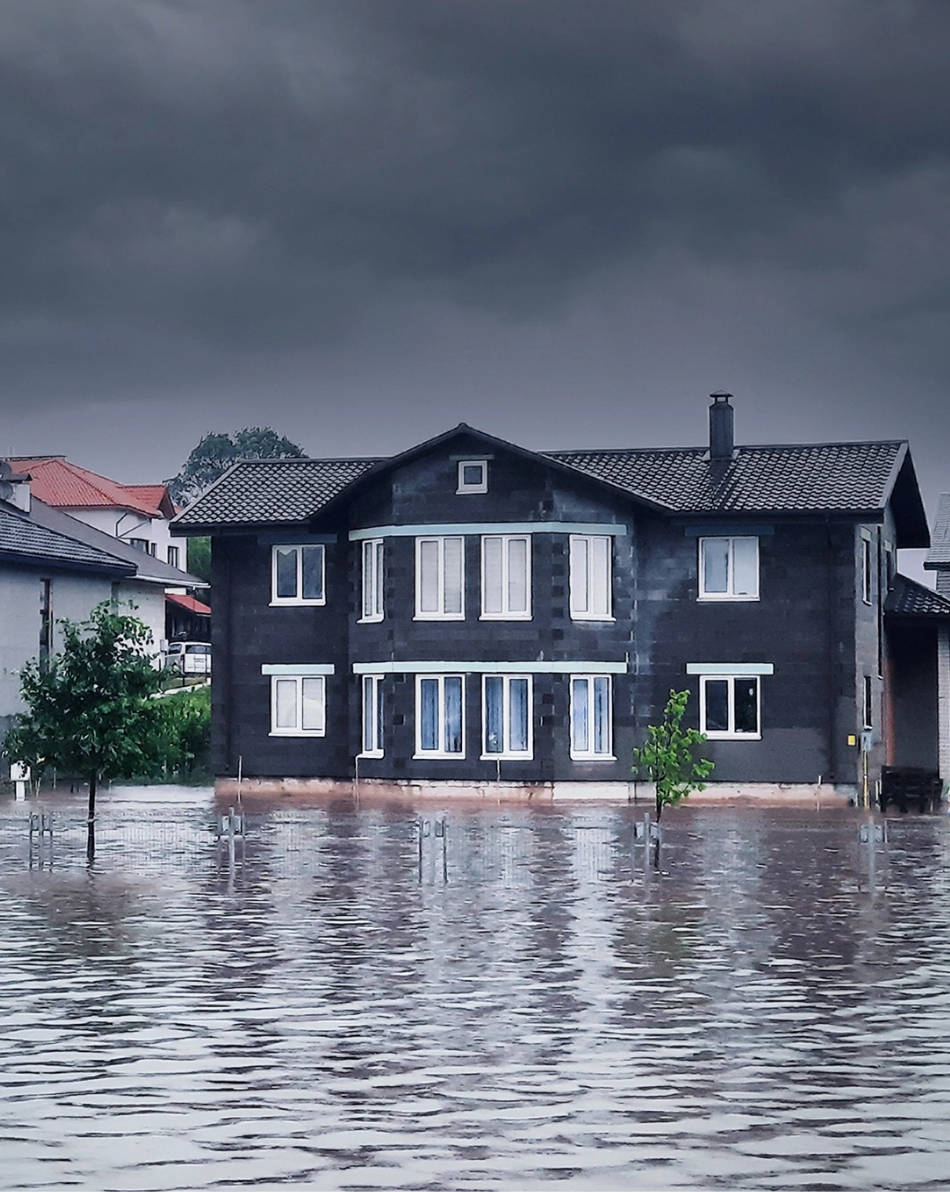The first thing you need to do in the event you find your dwelling flooded or flooding is find the water source and stop it. Next call ABK Restoration Services to request emergency water mitigation – in most cases we can respond to the dwelling in under 90 minutes. If you feel you need to file a claim to cover expenses contact your insurance company, file a claim and inform them you are having ABK respond to mitigate damages. If a plumber is required, ABK Restoration Services can provide one in a minimal response time. ABK will extract standing water and then use our expert drying knowledge and state of the art moisture & humidity reading equipment to determine what is and is not salvageable. Finally ABK will set-up drying equipment such as industry standard air movers as well as dehumidifiers to reduce saturation and relative humidity. We will take readings over the next few days until our certified water technician is satisfied everything is dry and that we have successfully prevented any mold growth or further water damage.
Moisture Control is the key to mold control. Proper and thorough drying performed quickly can save thousands of dollars in secondary damage. When there is a water problem, whether it is a slow leak, burst pipe, rising water, sewage backup or from some other source, getting the water and moisture out of your home should be done as quickly as possible. Time is very important. When abnormal amounts of water and moisture are present in a home, secondary damage begins to occur almost immediately and continues to increase with each passing minute. Secondary damage is damage that occurs because of, but is not a direct result of, the primary damage. It is caused by elevated humidity levels and occurs as materials in the home begin to absorb moisture from the air or standing water.
Mold is a prime example of secondary damage. The paper backing on your sheetrock combined with elevated moisture levels (60% Relative Humidity or above) and warm temperature (80 Degrees Fahrenheit or above) make a perfect environment for mold to begin growing.
One of the most important aspects of restoration work, especially concerning the damaged contents of the affected premises, is continuity in control and handling. It is important to ensure that the same people are involved with those contents, from collection and cataloguing, through cleaning and storage, to replacement in or on the finished site.
Water Damage
- Remove as much water as possible by mopping and blotting.
- Do not use a regular vacuum cleaner to extract water.
- Place plastic bags, aluminum foil, or foam blocks under furniture legs to prevent dyes and wood stains from soaking into wet carpets.
- Lift books & magazines from wet carpets – Ink colors may run.
- Wipe water from wood furniture as soon as possible.
- Open boxes, musical cases, camera cases, and suitcases to promote drying.
- Turn off all electronic items and move to a dry location. Turn off lights and ceiling fans, if ceiling is wet.
- Poke small holes in wet sagging ceilings to relieve water pressure.
- Place buckets or towels underneath to catch drippings.
- Turn heat off or down low to control humidity and mildew process.
- Open windows to enhance drying. Air movement is key.

